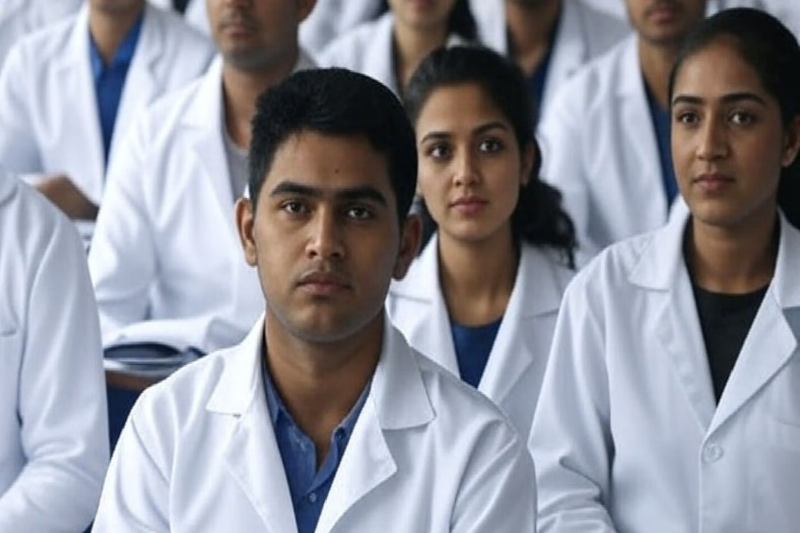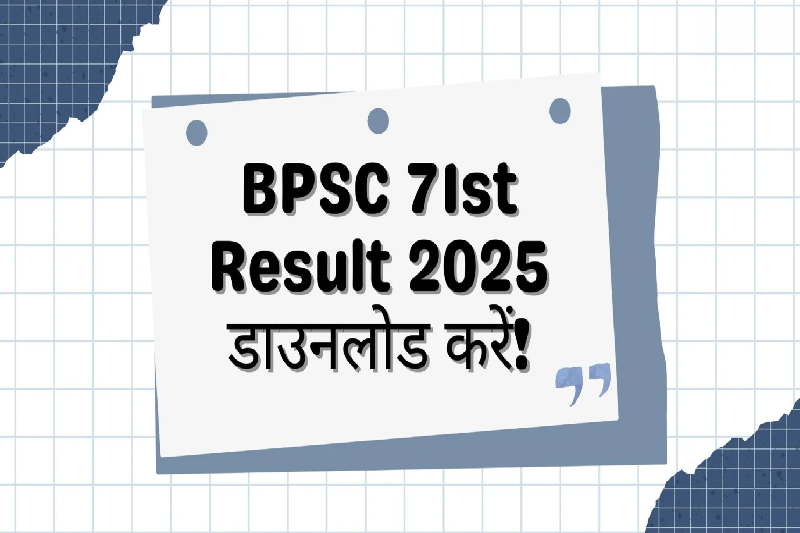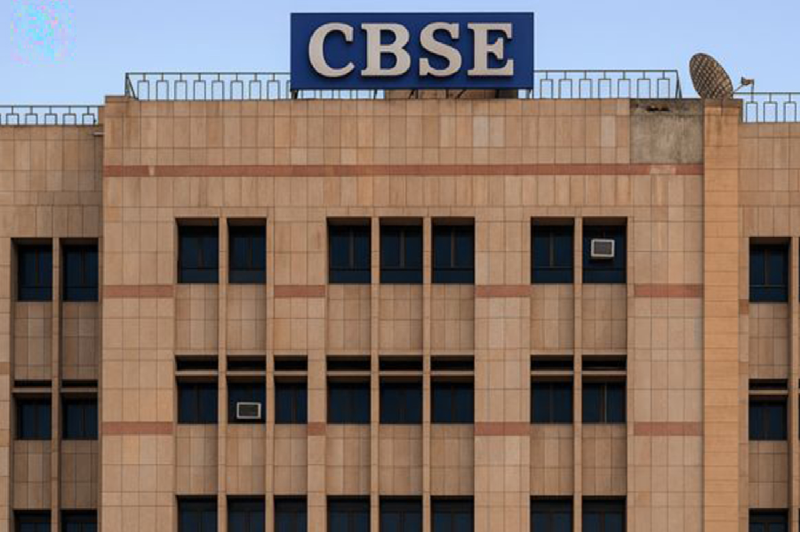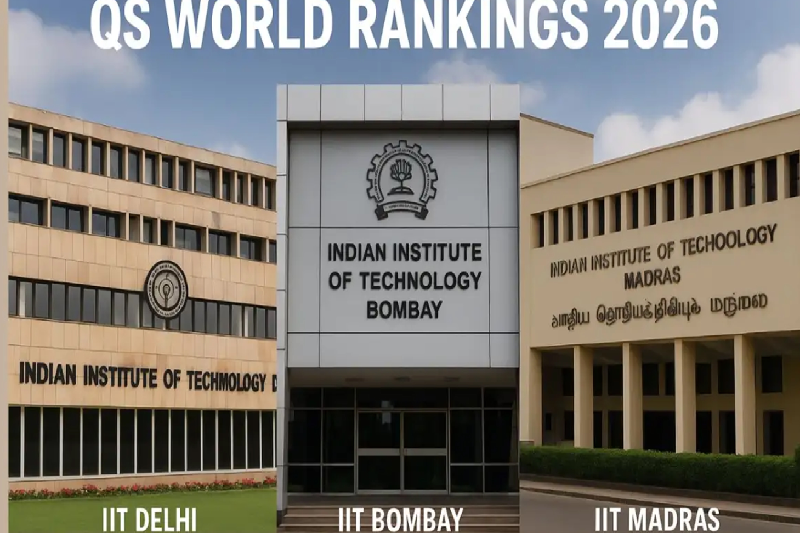
Despite Surge in MBBS Seats, 2,849 Remained Vacant in 2024: Government Data Highlights Persistent Challenges
India has witnessed a substantial increase in medical education capacity over the past few years, with MBBS seats growing by nearly 39% between 2020–21 and 2024–25. However, despite this expansion, many seats remain unfilled every academic year. According to data from the National Medical Commission (NMC) presented in the Lok Sabha on August 1, 2025, 2,849 MBBS seats remained vacant in 2024–25, raising concerns over underlying issues in the medical education system.
Anupriya Patel, Minister of State for Health and Family Welfare, shared the information in response to an unstarred question by Putta Mahesh Kumar, a member of the Telugu Desam Party. The data excludes vacancies from AIIMS and JIPMER and focuses on other medical colleges across the country.
A Closer Look at the Vacancy Data
Government records reveal a fluctuating trend in the number of vacant MBBS seats over the past four academic years:
|
Academic Year |
Vacant UG Seats (Excluding AIIMS & JIPMER) |
|
2021-22 |
2,012 |
|
2022-23 |
4,146 |
|
2023-24 |
2,959 |
|
2024-25 |
2,849 |
While the number of vacant seats peaked in 2022–23, the subsequent decline in the last two years indicates some progress in admissions. However, the fact that thousands of seats remain unoccupied despite an ever-growing demand for medical education highlights a mismatch between capacity and accessibility.
A Dramatic Expansion in MBBS Seats
India’s medical education infrastructure has expanded considerably over the past four years:
- 2020–21: 83,275 MBBS seats
- 2024–25: 1,15,900 MBBS seats
This increase of more than 32,000 seats is mainly due to establishing new medical colleges, upgrading district hospitals, and improving faculty availability. Several centrally sponsored schemes have contributed to this growth, including initiatives targeting underserved and aspirational districts where medical education opportunities were previously limited.
States like Uttar Pradesh, Tamil Nadu, Karnataka, Maharashtra, and Gujarat have emerged as leaders in medical education expansion, with Uttar Pradesh witnessing a jump from 7,428 seats in 2020–21 to 12,325 seats in 2024–25, the highest among all states.
State-Wise Distribution of MBBS Seats
The following states saw notable increases in their MBBS seat intake:
- Tamil Nadu: 8,000 → 12,000
- Maharashtra: 9,000 → 11,844
- Telangana: 5,240 → 8,915
- Karnataka: 9,345 → 12,194
- Gujarat: 5,700 → 7,000
Smaller states and Union Territories such as Nagaland, Sikkim, Meghalaya, and Arunachal Pradesh also introduced new medical colleges, opening fresh opportunities for aspiring doctors in previously underserved regions.
Persistent Vacancies: Understanding the Gap
Despite these advancements, thousands of MBBS seats remain vacant every year. Experts suggest several possible reasons for this phenomenon:
- High Fees in Private Colleges: Many newly added seats belong to private institutions, where tuition fees are prohibitively expensive for most students.
- Geographical Constraints: Some new colleges are in remote areas with limited connectivity and infrastructure, discouraging applicants.
- Mismatch in NEET Cut-offs and Seat Availability: Even after qualifying for NEET, many candidates cannot secure seats due to state-specific reservation policies and counseling bottlenecks.
- Shortage of Faculty and Resources: Despite approval for new colleges, some institutions struggle to meet NMC standards for faculty strength and clinical material, impacting final admissions.
Government’s Efforts to Strengthen Medical Education
The government has launched several schemes to not only increase seat capacity but also ensure quality medical education:
- Centrally Sponsored Scheme for New Medical Colleges: 157 new colleges have been approved, of which 131 are already operational. These projects involve upgrading district and referral hospitals to medical teaching institutions.
- Pradhan Mantri Swasthya Suraksha Yojana (PMSSY): This scheme focuses on upgrading existing government colleges with Super Specialty Blocks. Out of 75 approved projects, 71 are complete.
- New AIIMS Institutes: Twenty-two new AIIMS have been approved, with undergraduate courses already running in 19 of them. This will improve access to quality healthcare education across India.
- Minimum Standard Requirement (MSR) Regulations 2023: Introduced by the NMC, these regulations mandate essential infrastructure, clinical materials, and faculty availability, aiming to maintain educational standards even as capacity expands.
The Road Ahead: Challenges and Opportunities
The growth in medical seats is a significant step toward addressing India’s doctor-patient ratio, yet vacancies highlight systemic gaps in affordability, distribution, and accessibility. Experts suggest that beyond adding seats, the focus should shift to:
- Improving the affordability of private medical education through fee regulation or increased scholarships.
- Streamlining NEET counseling processes to reduce seat wastage.
- Ensuring quality education in newly established colleges through stricter monitoring and transparent reporting.
- Expanding post-graduation opportunities, as many graduates still face limited options for specialization.
With India’s population and healthcare demands continuing to grow, filling every medical seat is crucial to building a strong healthcare workforce for the future.



